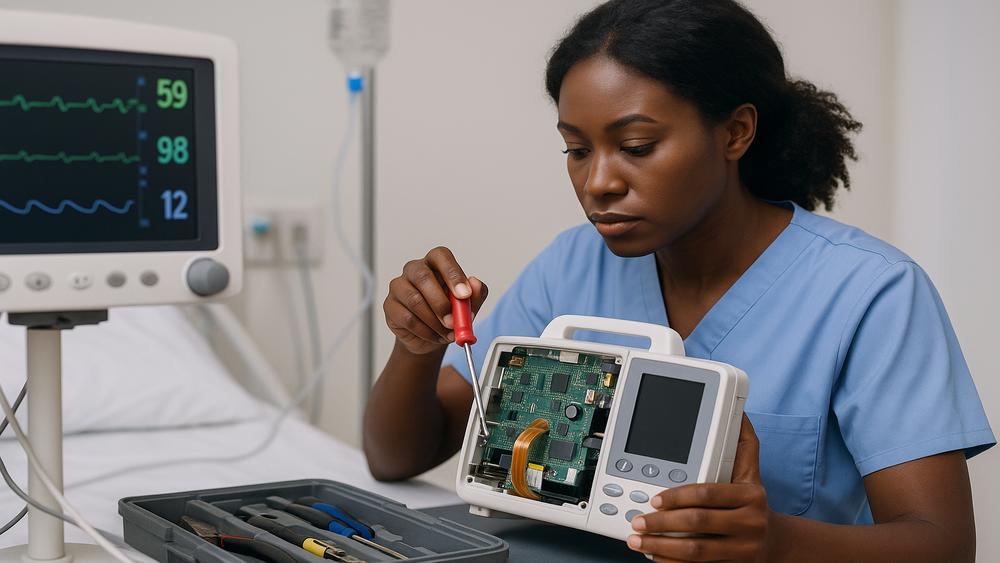OpenAI
Anyone who has cracked their smartphone screen or had a rapid oil change knows that sometimes the OEM isn’t the most affordable or convenient service option. Consumer flexibility, paired with lower-cost, high-quality options, is logical, whether it’s in the consumer market or in healthcare.
|
ADVERTISEMENT |
The right-to-repair movement seen in the electronics and agricultural equipment industries is gaining similar traction in healthcare with medical device maintenance. Pivotal to the initiative is flexibility, enabling easier third-party access to repair manuals, components, tools, service keys, and training. The benefits include 1) less equipment downtime, resulting in a reduction in time to therapy for patients; 2) less expense, benefiting healthcare systems and ultimately patients and taxpayers; and 3) the expanded safety, efficacy, and longevity of medical devices.
…

Add new comment